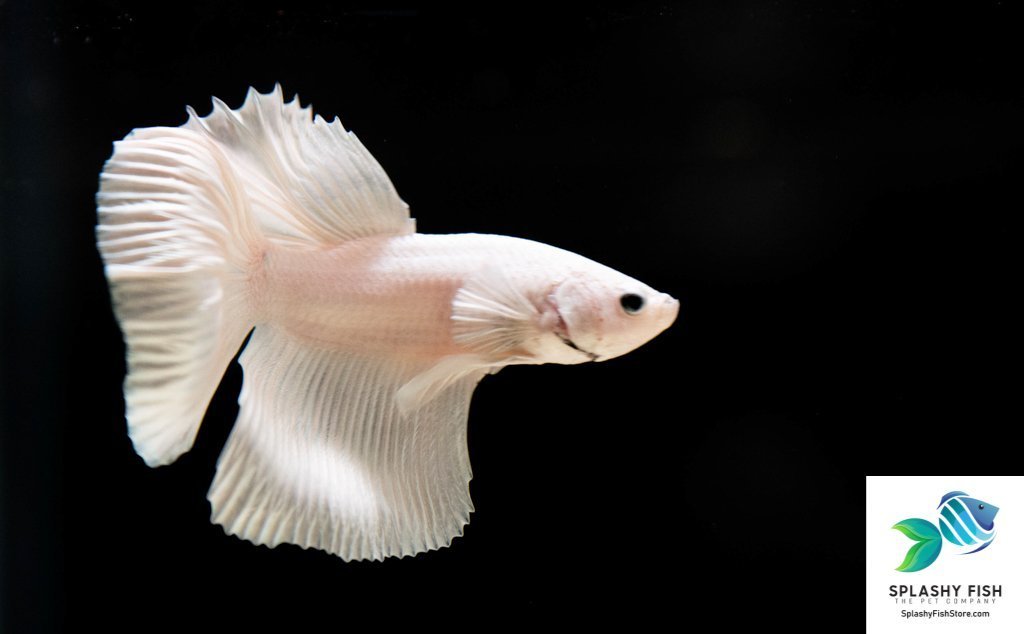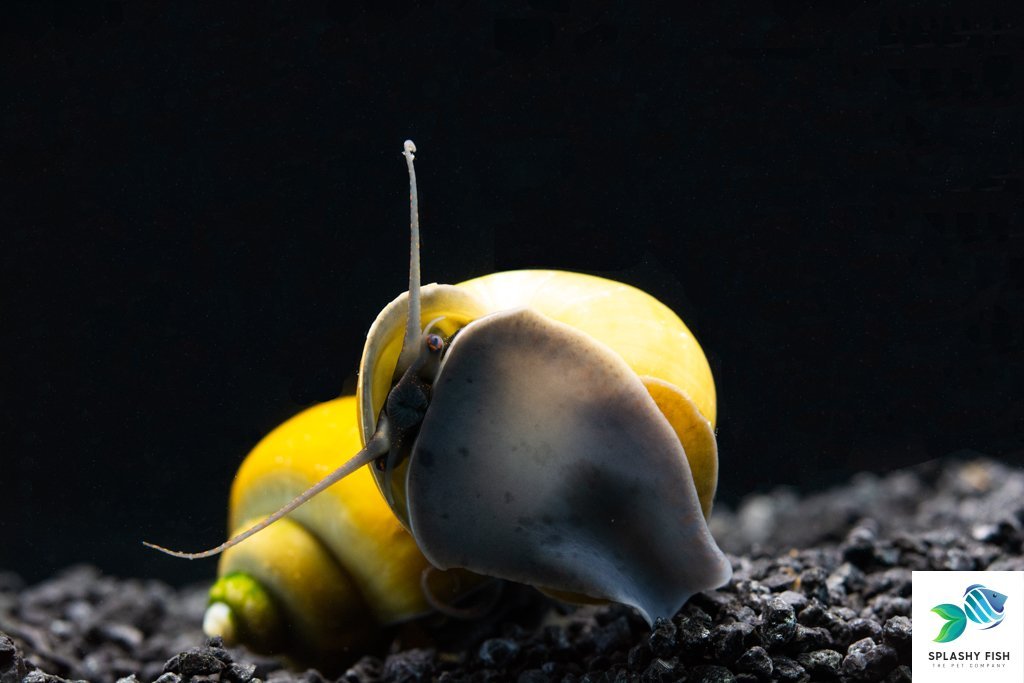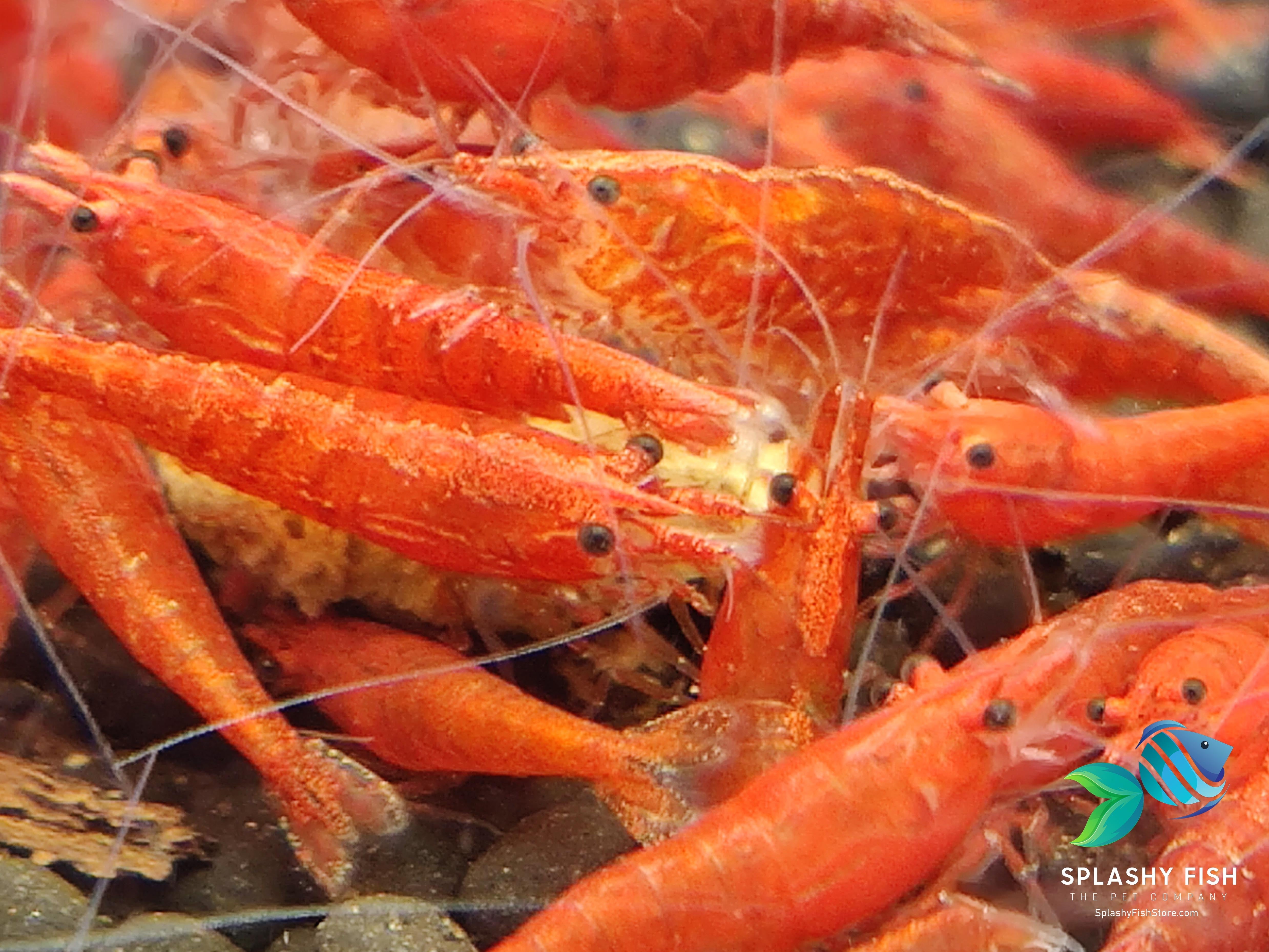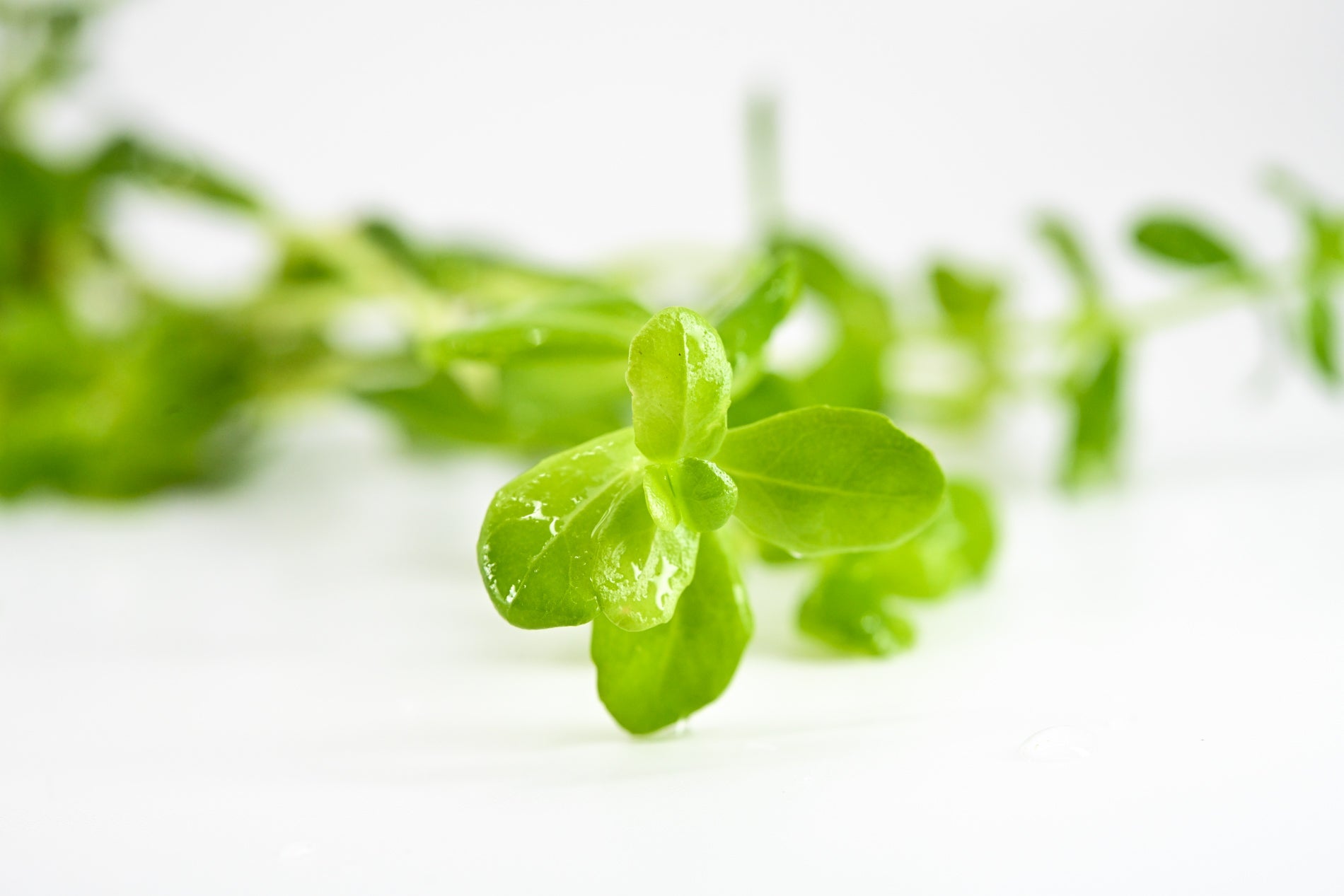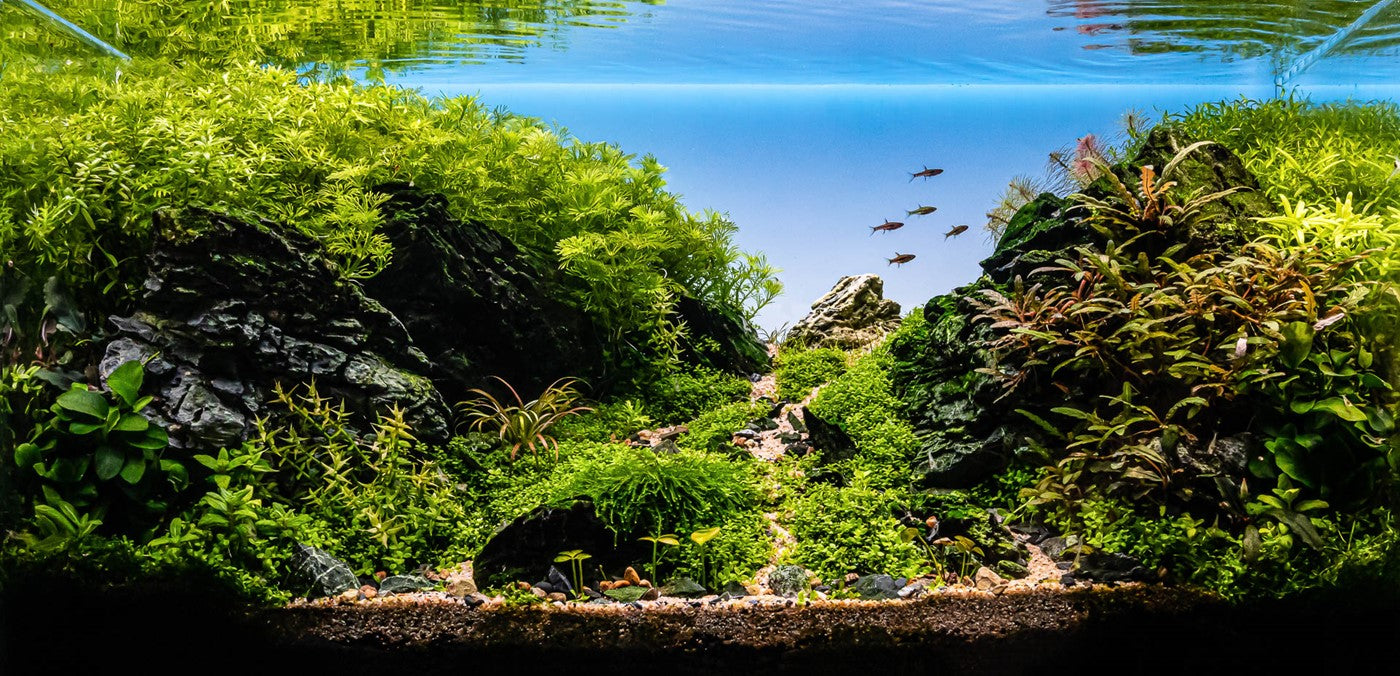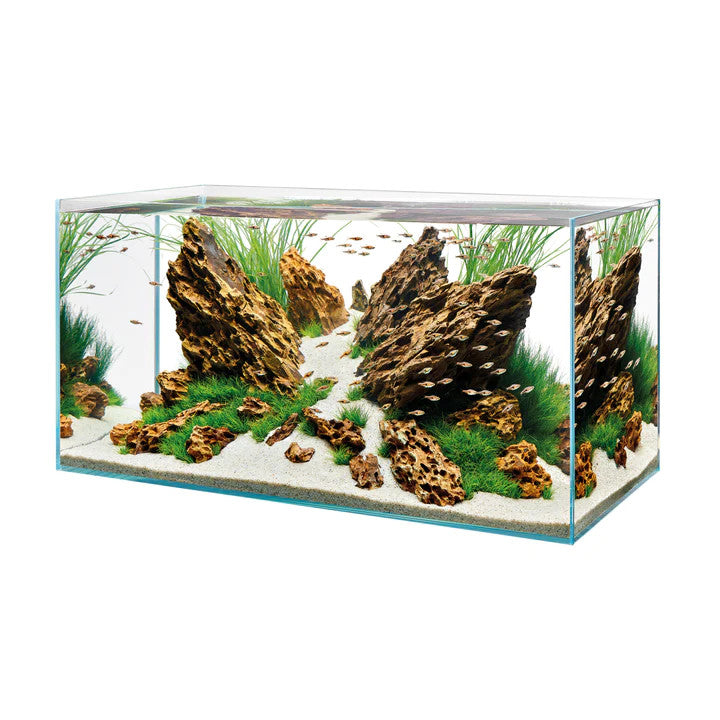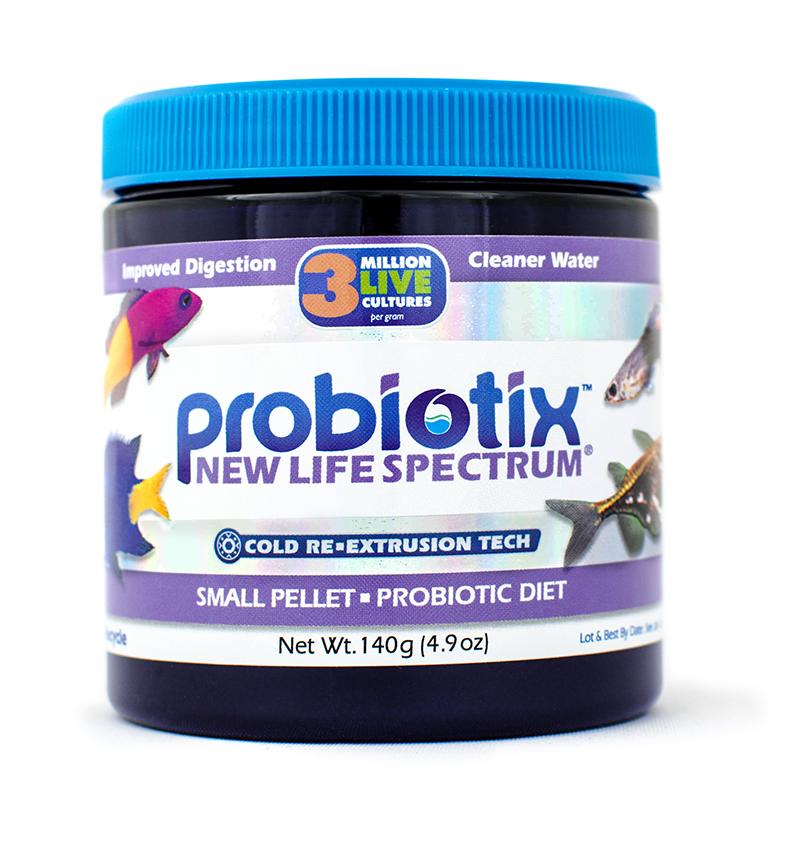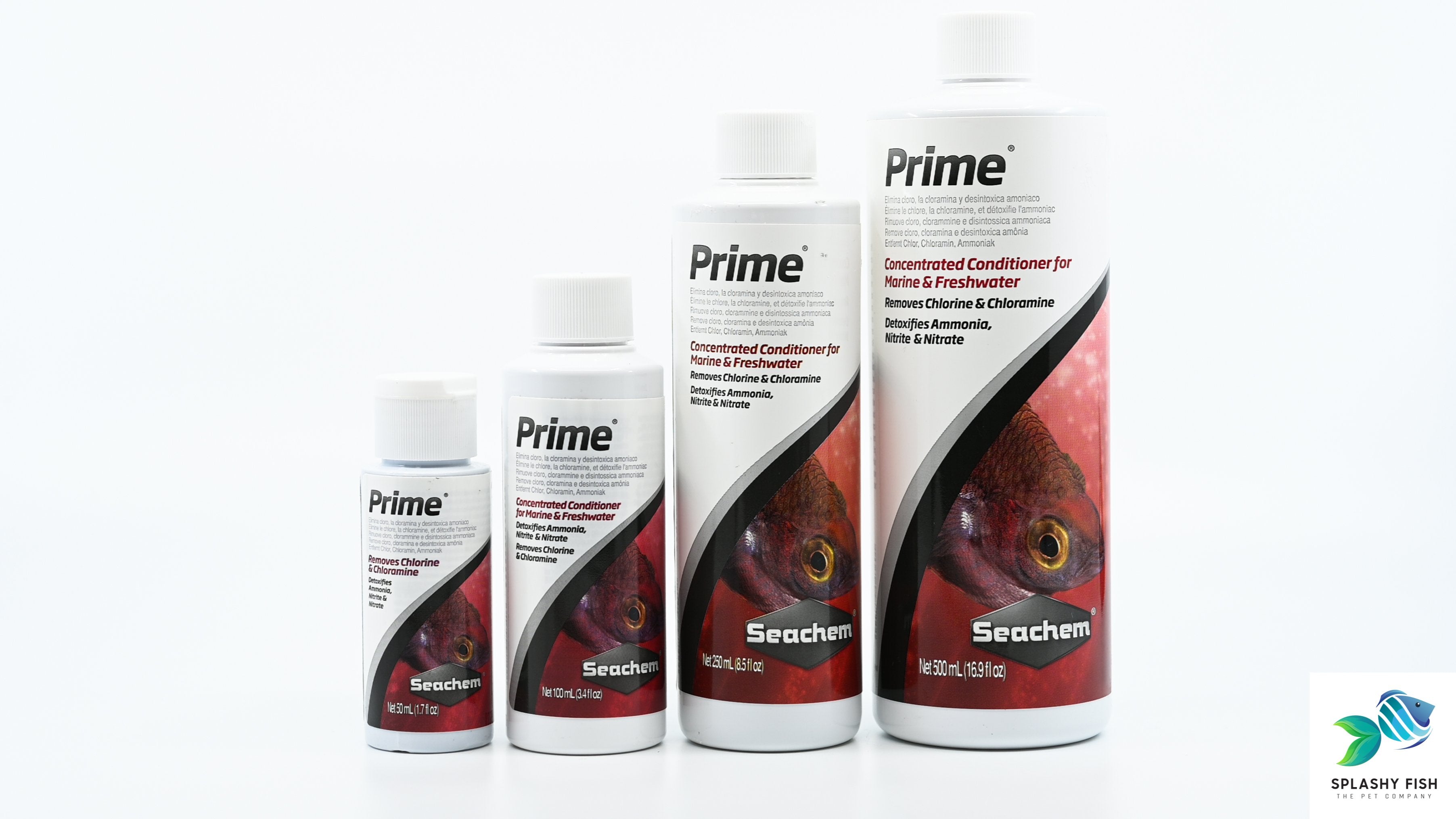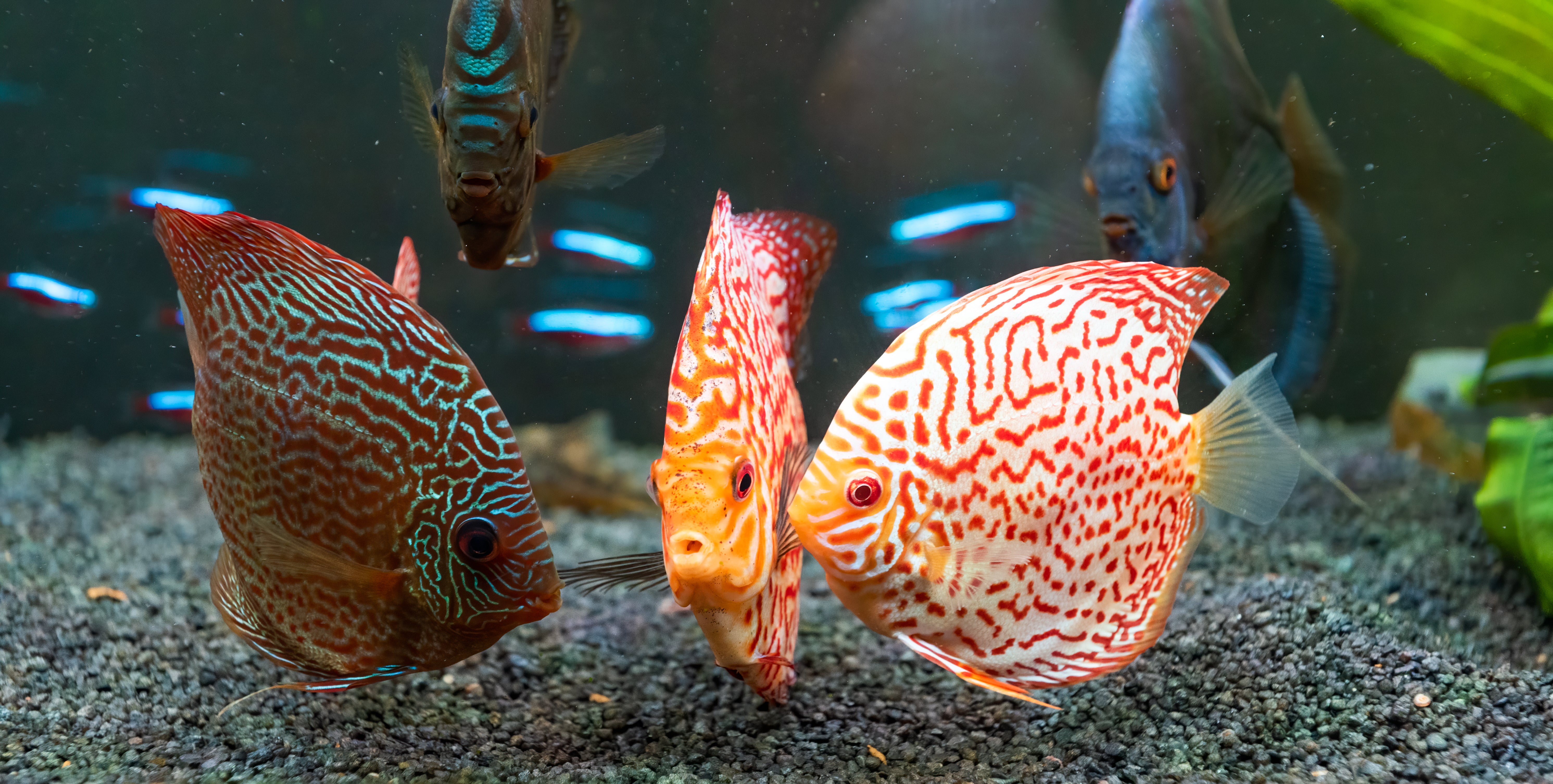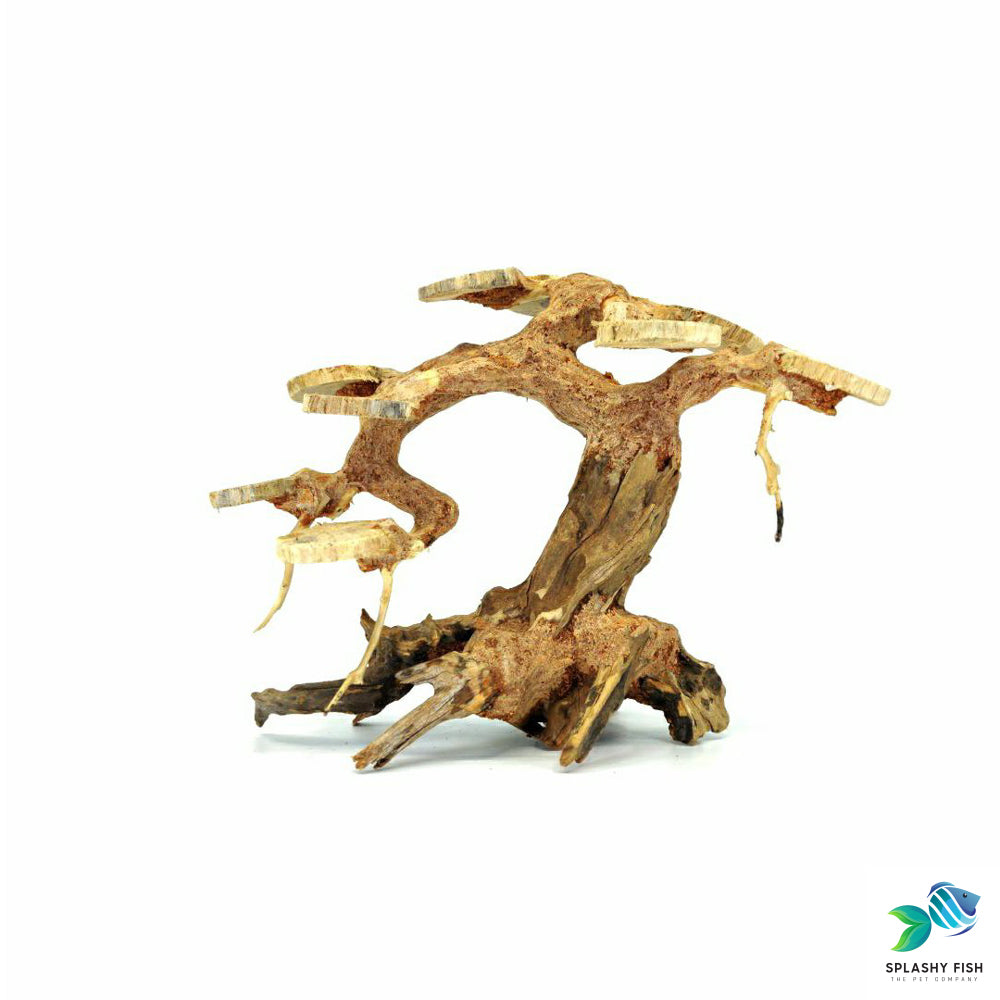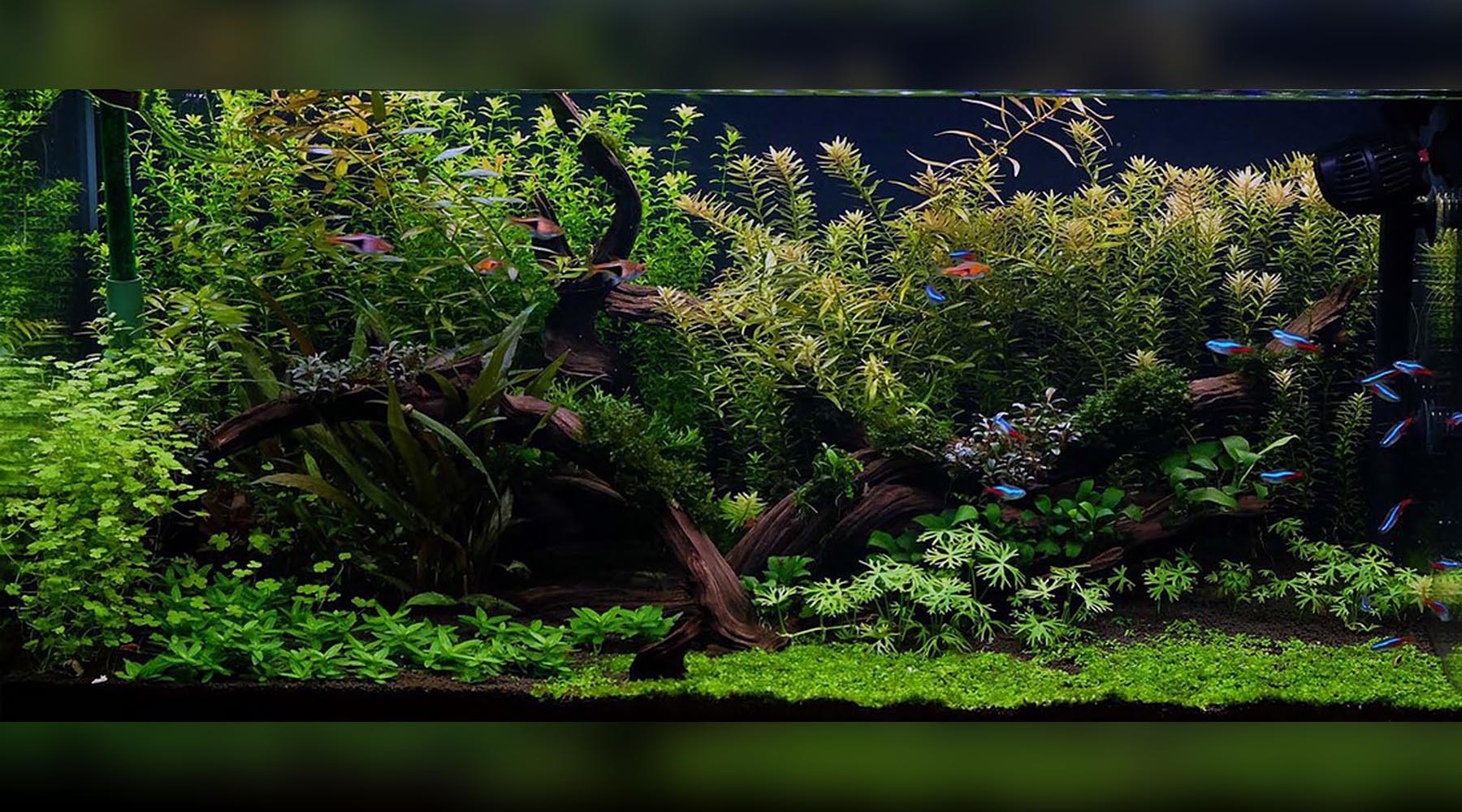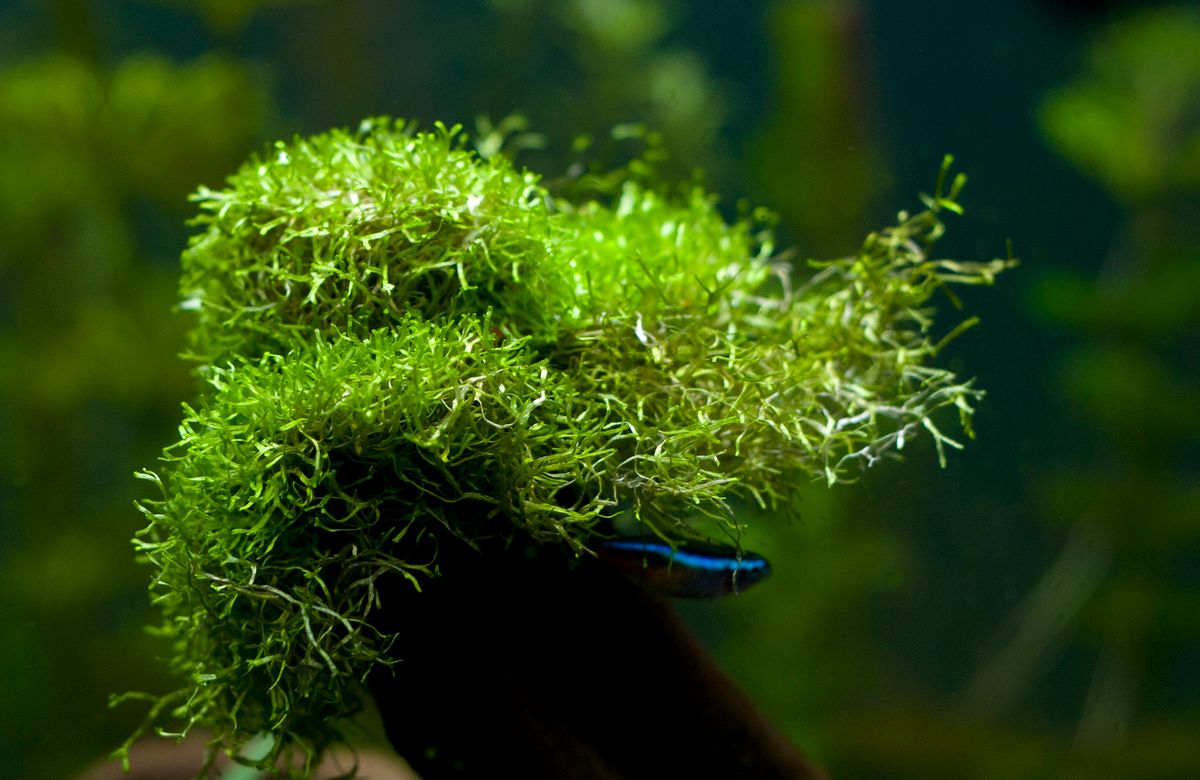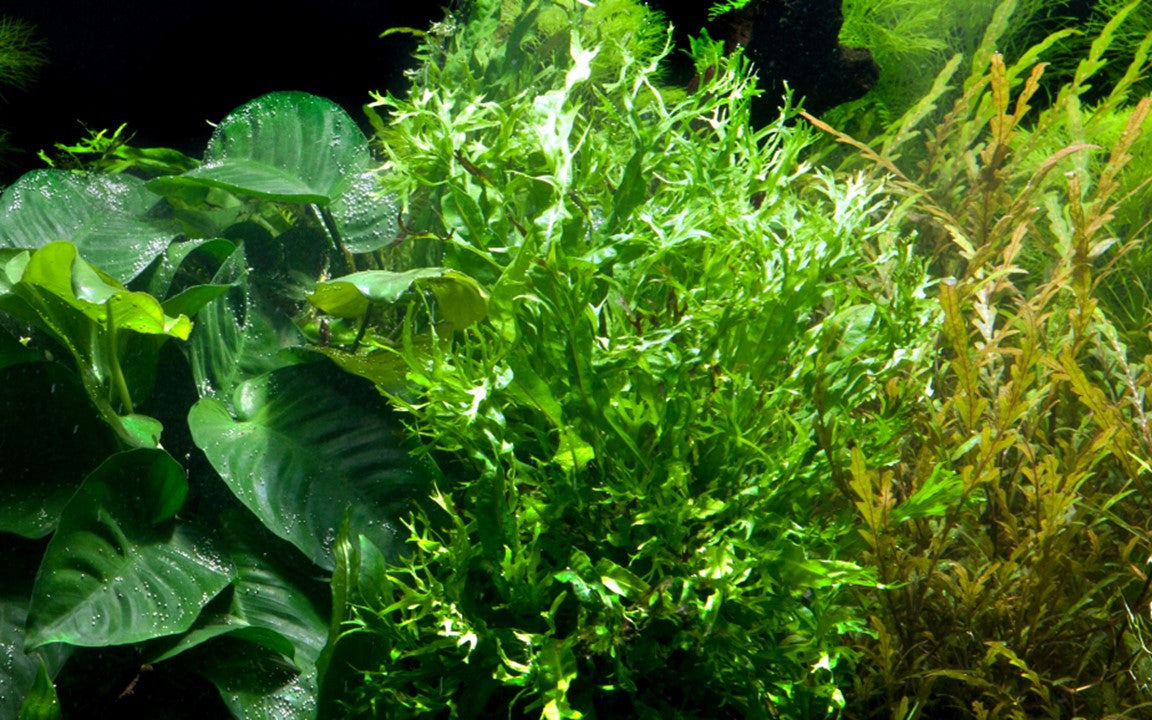How to Breed Guppies
If you’ve never bred fish before, and you want to start, choosing to breed Guppies is a good decision. Many aquarists become Guppy breeders by accident! Rather than choosing an all-male group, they mix males and females, and that’s pretty much all it takes.
Raising Guppies is a different ballgame. In this article, we will take you through the process and give you the knowledge you need to be successful.
Things to Know Before You Start
- The first thing you need to know is that Guppies are live-bearing fish. That means they don’t lay eggs; the babies (technical name: fry) are born, not hatched.
- Gestation lasts between 21 to 31 days. Sometimes, though it’s rare, it can last up to 35 days, so don’t worry if your pregnant Guppy goes past her “due date”.
- Up to 50 fry can be born at one time!
- We recommend a ratio of one male to 2-4 females. Males take mating very seriously, so having enough females to share his attention will help keep the relationships harmonious.
Setting Up Your Tank
The tank size you need depends on how many Guppies you’ll have. If you have one male and four females, a 20 gallon tank will be perfect. If you plan to have more than one breeding group, they will need more space.
Reminder: before adding any Guppies to your tank, be sure it is cycled!
Water parameters are important for breeding. It can affect the health of your breeding stock as well as the number of fry that are born at once and how long the gestation period will be. Recommended parameters are:
- Temperature: 68°-78℉ (20°-26℃)
- pH: 6-8 with a preferred range of 7.0-7.2
- GH: 8-12
When choosing a substrate, the fish don’t care what’s on the bottom of the tank. You’ll want to choose something that is good for growing plants. Guppies love to swim and hang out in plants! Guppy fry particularly like java moss and thick patches of plants like hornwort, caboba, and guppy grass!
If your tank didn’t come with a hood/light you will need to add a light. There are many types and styles, and price points from less than $20 to several hundred dollars. A Guppy tank doesn’t require anything fancy, and benefits the plants more than the fish. Just don’t run it for more than 8 or 9 hours or you may wind up with an algae problem.
It can be hard to tell when a female will birth her babies, so having at least a section with heavy plants is important. If your fry are born in the community tank, they will need a place to hide. Once they’re born, the adults don’t take care of them, and will eat them if given a chance.
Decorating a tank is one of the most fun parts of setting one up! Guppies don’t concern themselves with things like that, so decorate however you like! Just make sure the decorations you choose aren’t made of anything that will leach poisonous chemicals into the water. If you’re unsure, either don’t use it, or seal it with fish safe sealant.
As far as filtration goes, more is better. Sponge filters are safer for fry than hang-on-back types. Sponge filters won’t suck up the fry and hold them hostage with no way to escape! If you have a 20 gallon tank, we recommend two 20 gallon sponge filters for 40 gallon filtering capacity. Clean water is super important!
You will need a heater. There are many types to choose from. When picking a heater for your tank, just make sure you choose one that is rated for the size tank you have. If it doesn’t have a digital display that shows the temperature, you’ll need a separate thermometer.
Caring For Your Fish
Guppies are fairly easy to care for. Just keep the tank clean, be mindful of your water parameters, and feed them good food. Guppies are always hungry and will eat pretty much anything you give them. To prepare them for breeding you’ll want to make sure they get a high level of protein. High protein pellets and flakes, as well as frozen foods like bloodworms, daphnia, and shrimp will get them in prime condition to birth healthy fry. Be careful that you don’t overfeed though. Eating too much food can kill your fish, and fish/food waste can cause an ammonia spike.
Even though you have filtration and plants, you still need to do water changes and gravel cleaning. The easiest way is with a python gravel vac. Replace at least 20% of your water once a week. Not only does it clean your tank, it helps with oxygenation.
The most important part of caring for your fish is to watch and enjoy them! The more you watch them, the easier it will be for you to tell if something goes awry. A good breeder is always aware of the health of their fish. Also, you’ll start to notice mating behavior. Males will chase females around, and females will try to hide from them. You won’t likely see it happen, you’ll just notice when your females start getting round.
Babies On The Way!
Guppies stay pregnant for a minimum of 21 days, and that can feel like forever! Just be patient, be diligent with water changes, and feed good food, and you will be rewarded.
As the time goes by, your pregnant guppies will go from being round to a more box-like shape, and her gravid spot, the dark mark above her anal vent, will get larger and darker. She may start refusing food as well. There’s not much space in the belly for food with full grown fry in there. Once that happens, you’re getting closer to the big day!
You have a few choices when it comes to where your females will give birth. You can leave them in the tank they’re in, move them to breeder boxes, or move them to a separate tank.
- If you put them in a breeder box, make sure it’s the kind where the babies will fall through to a separate level than the mom. Guppies are not parental, and she will see them as food.
- If you move them to a separate tank, make sure the water is cycled ahead of time and that there are places for the fry to hide. If you want to use a bare bottom tank, you can put java moss or guppy grass in there so you don’t need substrate.
- If you leave them in the community tank you will want to catch the fry and put them in a breeder net. If you leave them in the tank, even with hiding places, many of them will be eaten by the adults.
Guppies often give birth after rain events. Sometimes you can trigger birth by covering the tank so it stays dark, and playing thunder storm sounds. Within a couple of days you’ll likely wake up to itty bitty guppies swimming around!
Caring for the Fry
Once the fry are contained either in the breeder box after mom has been removed, the breeder net in the community tank, or the separate tank they were born in, you’ll want to start feeding them high protein food. There are several fish food brands that specifically make fry food. It’s usually powdered and easy to feed. Once they get a little bigger you can start giving them things like live or frozen baby brine or crushed flakes.
If they’re in a breeder box or a net, you’ll want to move them to a grow out tank once they get a little bigger. Even though there won’t be any adults in there, the fry will still want plants to swim around in. Some easy to care for plants that don’t require substrate are java moss, guppy grass, hornwort, and anubias (you can attach it to a rock or put a plant weight on it so it doesn’t float).
Once your guppies are too big to fit in the adults’ mouths you can move them to the community tank. If you have too many to do that, you can sell them or give them away when they’re around 3 months old.
Conclusion
Your guppies can, and likely will, breed every month. If you want to give your females a break, you can remove the males. Guppies will keep you busy with their breeding cycles, so enjoy your new hobby!


